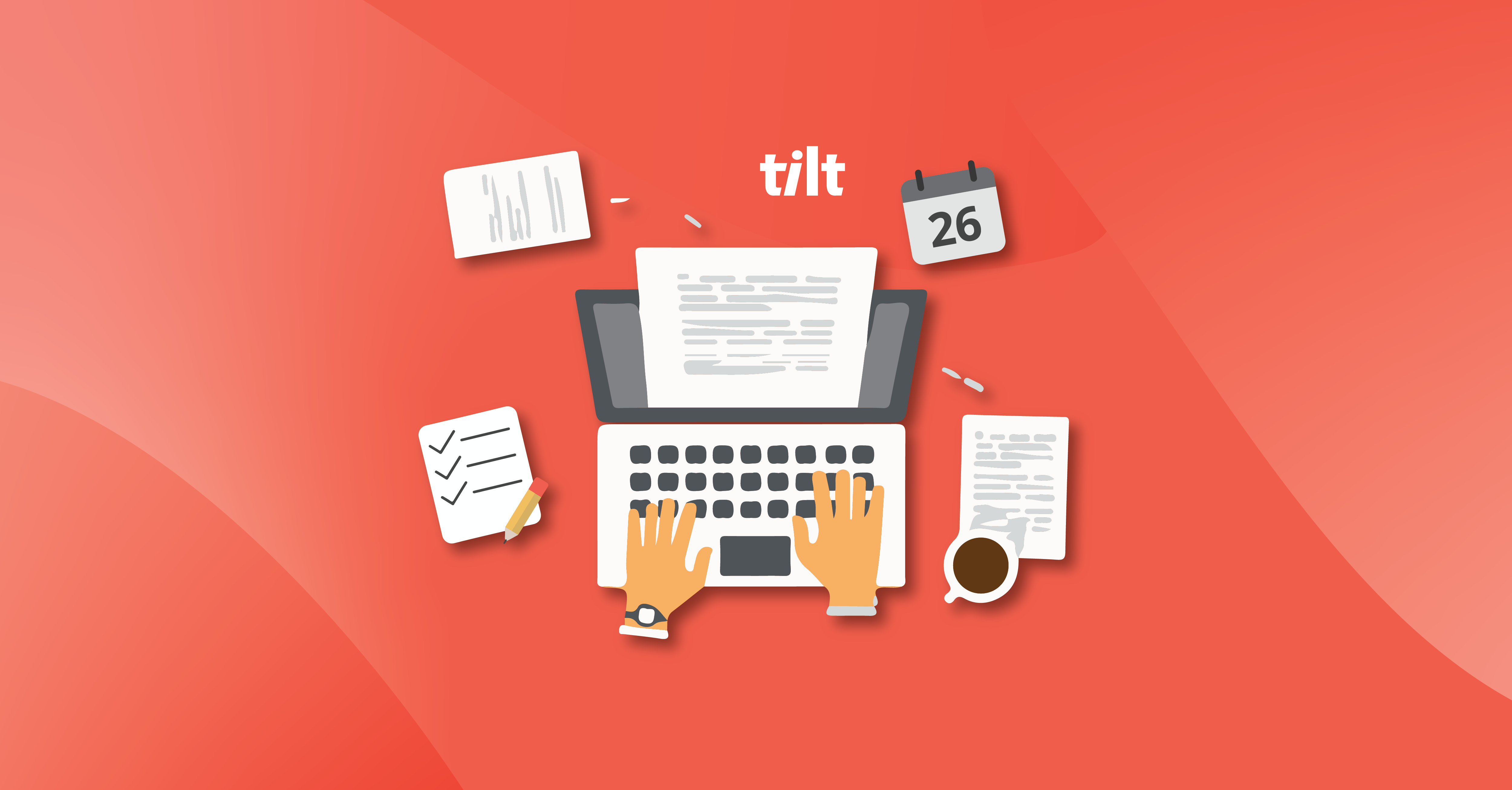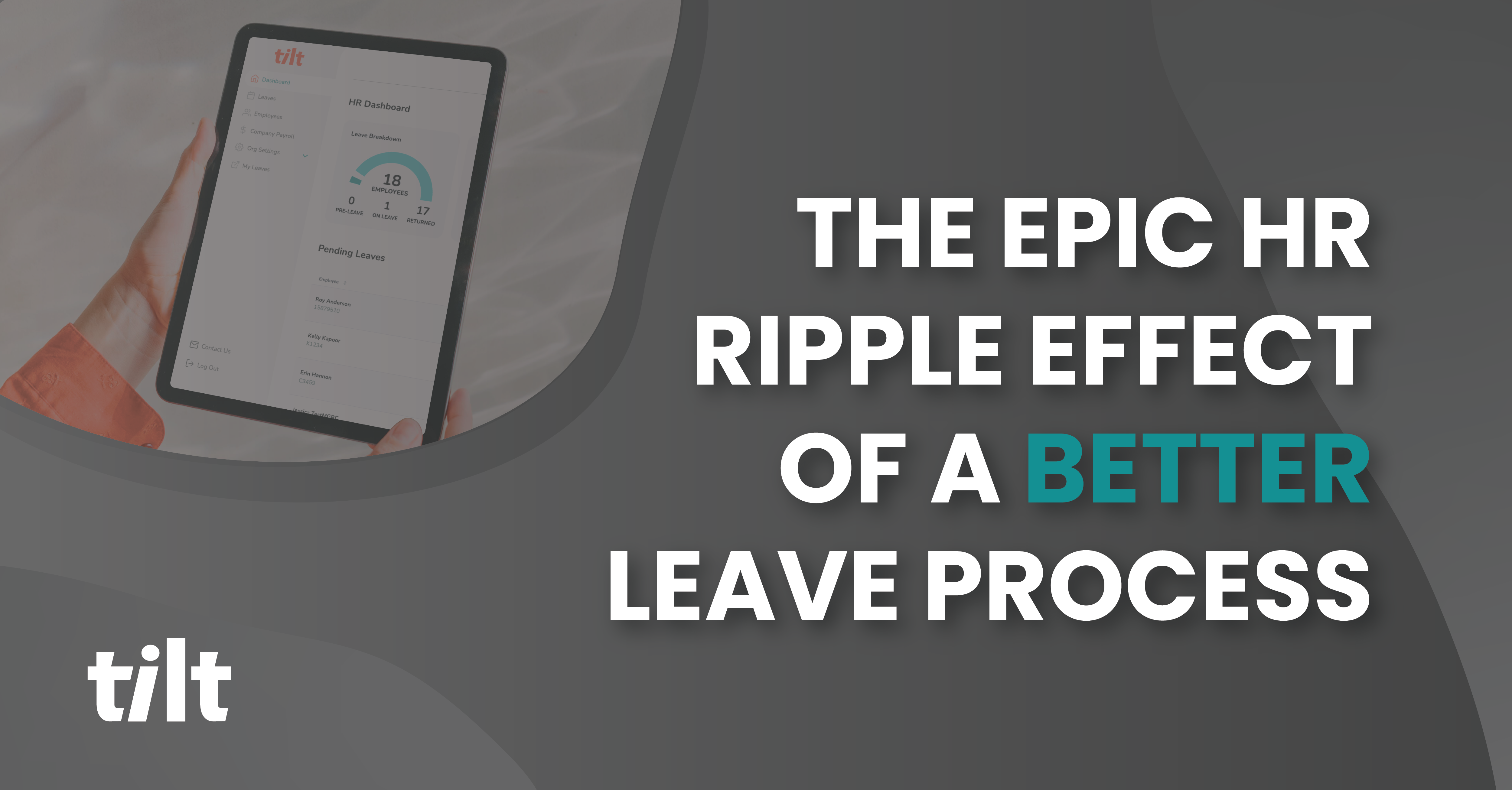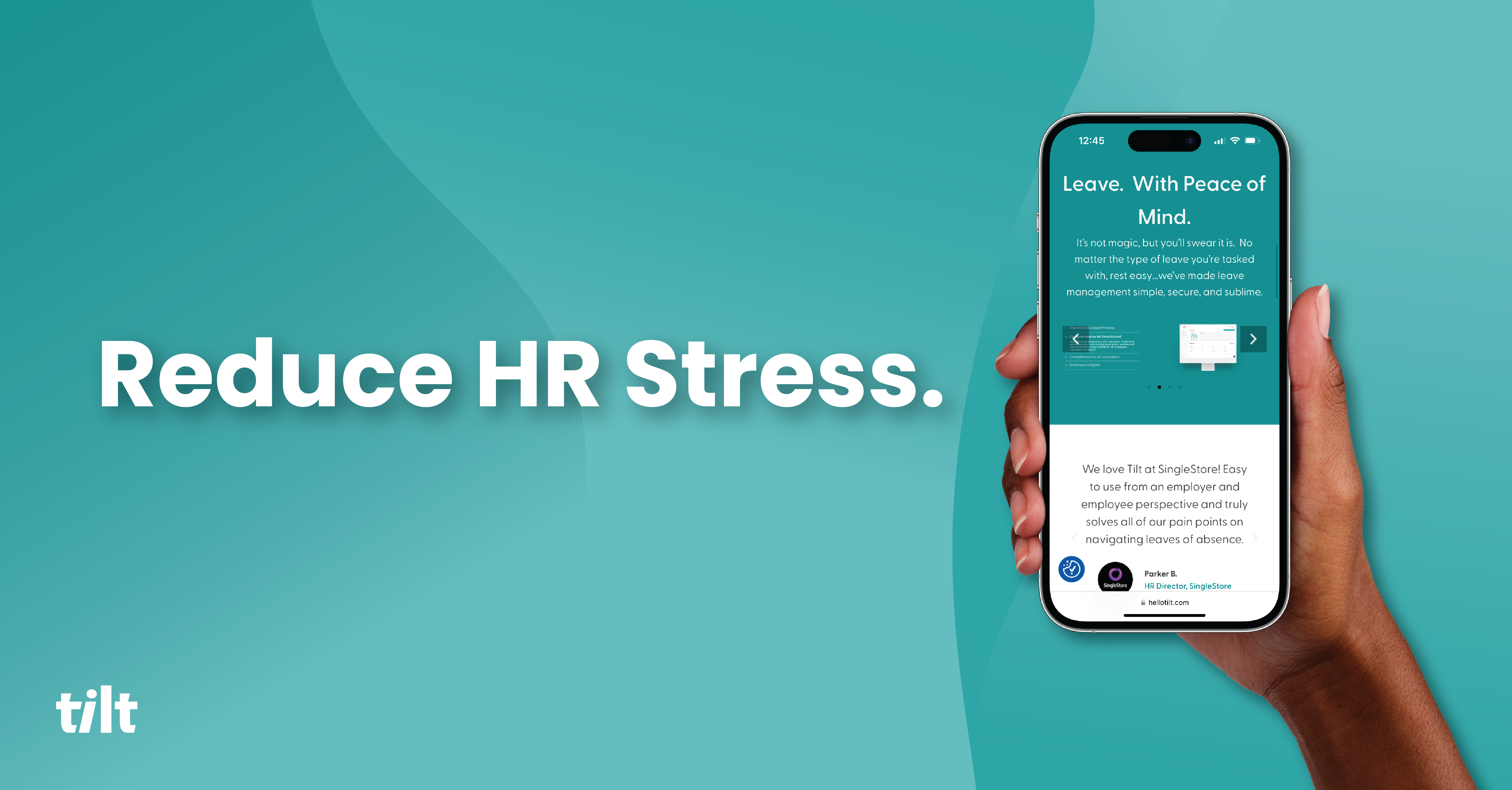“Employee happiness” is one of those ambiguous terms that most C-suites worry about but don’t quite understand how to influence. After all, every organization is unique in structure, workforce population, business objectives, and virtues, so when it comes to cultivating happiness in the workplace there are numerous factors to consider and potential levers to pull.
We can assume that leadership cares about the well-being of its employees because they’re good humans, but there are tangible business benefits to fostering a happy workplace as well.
To put it plainly, happy employees are more creative, provide better service, improve customer relations, and are more likely to stay with their current employer. Happy employees are your organization’s not-so-secret key to pushing your business outcomes to new heights. More concretely, companies with happy employees outperform their competition by 20%.
The Do’s and Don’ts of Employee Happiness Initiatives
While cultivating employee happiness often rests on the shoulders of those in People Ops, it requires a holistic approach with buy-in from everyone throughout an organization. We’d be remiss for even insinuating that higher salaries wouldn’t have a positive effect on employee happiness, but most organizations can’t just throw that kind of cash at the problem, and further the happiness boost tends to be temporary.
Along those lines…
Don’t: Rely on surface-level frills
Employee happiness can be a tricky nut to crack because what makes one employee happy might not factor into another employee’s happiness whatsoever. Furthermore, surface-level frills can add some pizzazz and attract talent initially, but they don’t necessarily equate to a happier work culture and long-term retention.
Kombucha on tap? Ping pong tables in the breakroom? While most employees would agree that these are all nice perks to have, they won’t turn a sour work culture sweet on their own because it’s been shown that employees really feel valued when their employer cares about their well-being. Often, these are not tangible things but are scarce resources like time, energy and true support of their life outside of the office. Your employees won’t care about having nap pods if they do not feel valued as humans.
Tilt Recap: Frills can be a component of a happy culture, but do not make a happy workforce.
Do: Focus on the foundational
Fortunately, there are foundational considerations that if properly addressed can do wonders to bring your employee happiness quotient skyward for the long haul without breaking the bank or your bandwidth. One such example of a foundational benefit that directly impacts employee happiness and customer satisfaction is the leave of absence process your employees experience when life happens and they need to step away from the office.
A leave of absence is a defining experience for your employees. Lance Haun from The Starr Conspiracy describes employee experience as “the perception of the quality of all the experiences at work, and our perceptions are driven by defining moments in that experience.”
In that light, a positive leave experience can strengthen an employee’s resolve to continue great work for your organization when they return. A poor experience, on the other hand, can have the opposite effect leading to turnover, potential fines, and work gap breakdowns. All of which can cause a negative ripple effect from organization-wide morale to failing to deliver on promises to your customers.
An arcade machine can’t paper over a poor defining experience for your employees.
Tilt Recap: The foundational support of employees as humans is the building block to cultivating happy employees. How employees are supported during a leave of absence is a great example of this.
Do: Promote buy-in throughout the organization
Employees want more than human-centric benefits, they want the confidence to know that they are encouraged to take advantage of them. For example, at Tilt we use RTO (responsible time off), and we encourage its use by “leaving loudly.” If someone in leadership needs a mental health breather they announce it to the organization.
As Lorena Martinez, a former employee survey implementation consultant at Great Place to Work puts it:
“People look up to their bosses when they encourage their team to consistently take full advantage of benefits and wellness opportunities.”
Benefits need to be easy to access, accessible to all eligible employees, and be encouraged by leadership. Your employees need to trust that when they need one of the benefits provided they’ll get the support they need when they need it.
Tilt Recap: Employees won’t feel confident they can use company benefits if there isn’t positive reinforcement to do so from leadership.
Connecting Employee Happiness to Customer Satisfaction
Disengaged employees can cost organizations up to $550B a year; a statistic that on it’s own should be enough to strike fear into the hearts of any leadership team, and yet according to a recent Gallup poll workers are experiencing staggering rates of both disengagement and unhappiness. 60% percent of people reported being emotionally detached at work and 19% as being miserable.
Let’s continue with our leave of absence example to see a practical application of how an improved foundational experience for employees leads to both employee happiness and greater customer satisfaction.
The traditional way People Ops pros manage a leave of absence requires confusing processes, manual tracking, and interpreting befuddling leave laws. Employees may have questions you don’t know the answer to or don’t have the bandwidth to respond promptly to.
Sometimes employees return to work after a poor leave experience so soured on the experience that they only return long enough to find another organization. At Tilt, we’ve also heard from several customers that a lot of times after their employees take a leave of absence they don’t even come back.
Better Leaves = Better Workforce Planning + Happy Employees + Satisfied Customers
An employee who is satisfied and happy with their organization is more motivated to embody the products and/or services you provide, which boosts the likelihood they’re serving customers with more enthusiasm. It’s also why organizations with happier employees earn 147% more per share than competitors.
A more modern approach to leave of absence focuses on the foundational elements of employee happiness. Are their managers in the loop so they can workforce plan in real time? Are leave dates and updates to a leave journey being accurately recorded and easy to access? Are employees given a soft landing when they return to work so they aren’t overwhelmed or confused about what happened while they were away?
Blind spots in workforce planning might mean a department will be understaffed for a critical deadline. This can have a ripple effect as employees who are already at capacity may be asked to do even more to fill the gap, increasing the potential for inexperienced employees trying to support your customers on the fly and can lead to burnout, which can lead to turnover and the cycle continues.
Tilt Recap: Happier employees lead to lower turnover rates and a higher quality of customer support. Improvements to foundational functions like how you administer a leave of absence can have a major impact on happiness and customer satisfaction.
Employers Can’t Afford to Have Unhappy Employees
Cultivating employee happiness starts with how employees perceive their employer will show up in a time of need. Whether it’s leave of absence support or one of the countless other ways your employees expect their People Ops teams to show up for them, the impact felt within your organization and in turn your customers can’t be denied.
Whether your employees have defining experiences that are positive or negative in many ways is up to you and the way your organization embodies the importance of employee happiness from top to bottom.
About Tilt
Tilt is leading the charge in all things leave of absence management through easy-to-use tech and human touch. Since 2017, our proprietary platform and Empathy Warriors have been helping customers make leave not suck by eliminating administrative burdens, keeping companies compliant, and providing a truly positive and supportive leave of absence experience for their people.







